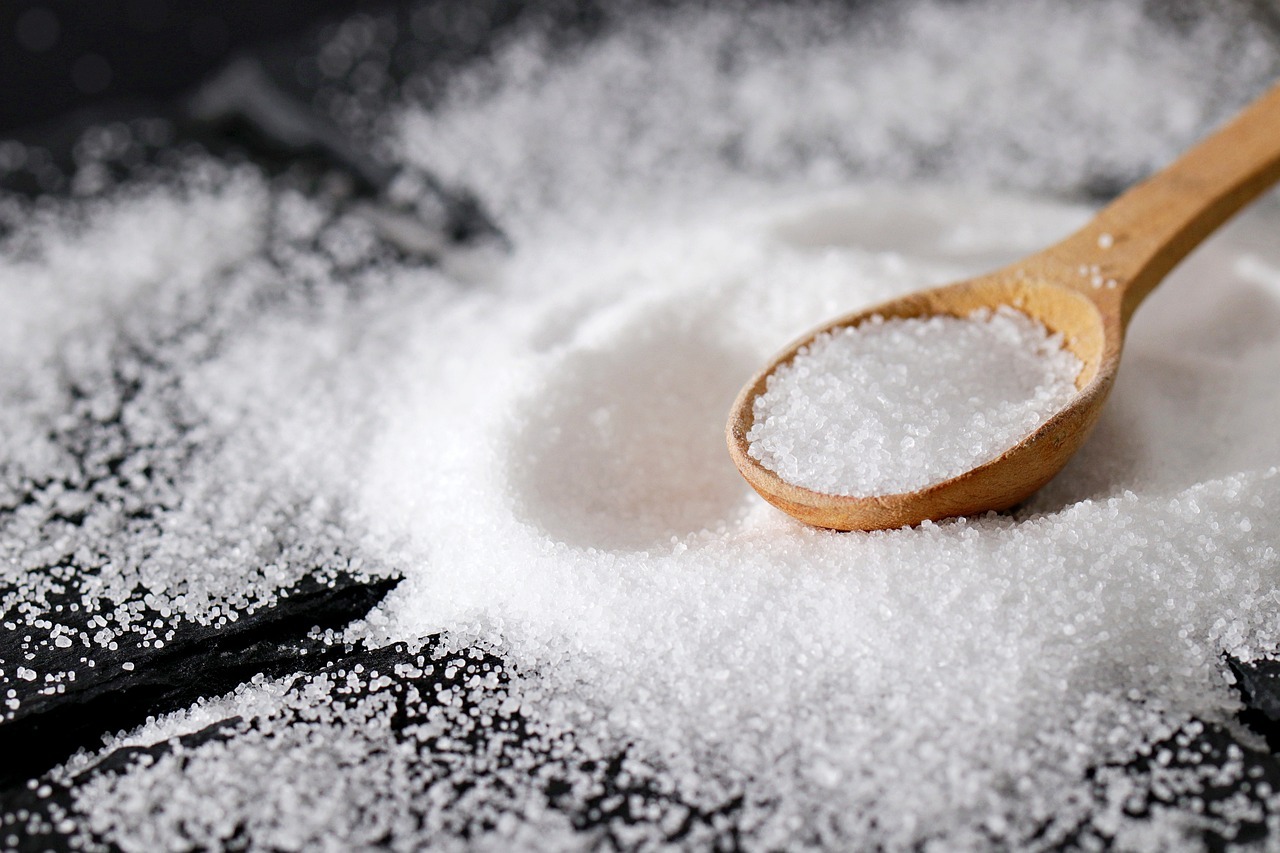Salt, often considered a culinary essential, can be a hidden health villain for many. A no-salt diet, or more accurately, a low-sodium diet, can be a game-changer for those managing conditions like high blood pressure, heart disease, or kidney issues. While it might sound restrictive, it’s actually a flavorful journey filled with fresh, wholesome foods. Let’s explore the ins and outs of a no-salt diet and discover how to make it a delicious and sustainable part of your life.
Understanding the Importance of a No-Salt Diet:
Sodium, the main component of salt, plays a crucial role in maintaining bodily functions. However, excessive intake might result in:
- High blood pressure (hypertension)
- Heart disease
- Stroke
- Kidney problems
- Fluid retention
A no-salt diet, or a low-sodium diet, aims to reduce your sodium intake to a manageable level, helping to manage these conditions and improve overall health.
Building a Flavorful Low-Sodium World:
The key to a successful no-salt diet is to focus on enhancing natural flavors rather than relying on salt. Here are some tips to elevate your taste buds without compromising your health:
- Herbs and Spices: Discover the magic of herbs and spices! Experiment with different combinations to create flavorful dishes. Basil, oregano, cumin, coriander, and turmeric are just a few options to explore.
- Citrus Magic: Lemon, lime, and orange juice can add a burst of flavor to your meals. Their acidity can mimic the saltiness you might crave.
- Vinegar Powerhouse: Balsamic vinegar, apple cider vinegar, and red wine vinegar can add depth and tanginess to your dishes.
- Garlic and Onion: These aromatic powerhouses can elevate any meal with their savory flavor.
- Fresh Ingredients: Opt for fresh fruits, vegetables, and whole grains to add natural sweetness and texture to your meals.
Navigating the Grocery Store:
Reading food labels becomes crucial on a no-salt diet. Look for terms like “sodium-free,” “low-sodium,” or “no added salt.” Be cautious of processed foods, which are often high in sodium. Here’s a quick guide:
- Fresh Produce: Your best friend! Fruits and vegetables are naturally low in sodium and packed with nutrients.
- Whole Grains: Opt for whole-grain bread, pasta, and brown rice. These provide fiber and complex carbohydrates while keeping sodium levels in check.
- Lean Proteins: Choose fresh poultry, fish, and lean cuts of meat. Avoid processed meats like bacon, sausages, and deli meats.
- Dairy Alternatives: Opt for low-sodium or unsalted dairy products like milk, yogurt, and cheese.
- Read Labels: Check nutrition labels carefully and compare products to find the lowest sodium options.
Sample Low-Sodium Meal Plan:
- Breakfast: Oatmeal with fresh berries and a sprinkle of cinnamon.
- Lunch: Grilled chicken salad with a lemon-tahini dressing.
- Dinner: Salmon with roasted asparagus and quinoa.
- Snacks: Fresh fruits, vegetables with hummus, or unsalted nuts.
Tips for Success:
- Cook at Home: Preparing your meals at home gives you control over the ingredients and sodium levels.
- Portion Control: Be aware of portion sizes, even when eating healthful foods.
- Hydration: Drink plenty of water throughout the day to help flush out sodium from your system.
- Gradual Reduction: If you’re used to a high-sodium diet, gradually reduce your intake to allow your taste buds to adjust.
- Seek Professional Guidance: For personalized advice and support, consult with a healthcare practitioner or registered dietitian.
Embarking on a no-salt diet might seem challenging initially, but with careful planning and a willingness to experiment with flavors, you’ll discover a world of delicious and healthy possibilities. Remember, it’s a journey, not a destination. Celebrate small victories and enjoy the process of creating flavorful, low-sodium meals that nourish your body and taste buds.
Disclaimer: The above is provided solely for informational reasons and does not constitute medical advice. Before making any large dietary changes, consult with a healthcare practitioner.
